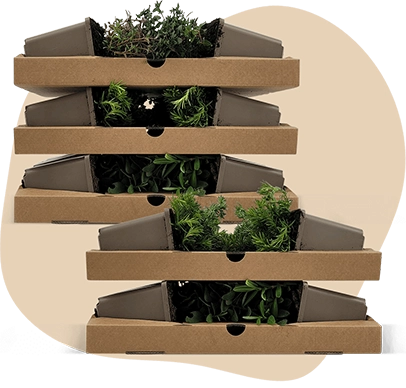Description
Viburnum opulus C2,5 40-60 | Guelder rose
The Viburnum opulus, commonly known as the Guelder rose, is a versatile shrub with an upright to bushy growth habit. This plant can reach a height of up to 3 metres and spreads to a similar width. The leaves of Viburnum opulus are green, with a distinct lobed shape and a slightly rough texture. Although not evergreen, the Guelder rose is appreciated for its seasonal interest, including fragrant foliage. It is a low-maintenance plant, making it an excellent choice for gardeners. In autumn, Viburnum opulus produces decorative red berries, adding a splash of colour to the garden. The Guelder rose is a popular choice for hedges and solitary planting.
Key Plant Characteristics of Viburnum opulus
- Viburnum opulus blooms in May and June, showcasing white, flat-topped flowers that are attractive to butterflies, bees, and bumblebees. The flowers are also fragrant.
- This plant thrives in sunny to partially shaded locations for optimal growth.
- Viburnum opulus is adaptable to all soil types, provided the soil is well-drained.
- The bark of this shrub is greyish-brown, and its branches are upright to bushy.
For those looking to enhance their garden with
garden plants, Viburnum opulus is an excellent choice.
Application of Viburnum opulus in the Garden
- Viburnum opulus is ideal for use in borders, as a solitary plant, or in hedges. Its upright to bushy growth habit makes it suitable for group planting.
- This plant is winter hardy, tolerating temperatures as low as -40°C, making it a reliable choice for cold climates.
- It combines well with other shrubs and perennials, enhancing the garden's visual appeal.
- The main ornamental value of Viburnum opulus lies in its beautiful white flowers in spring and decorative red berries in autumn, which attract birds and pollinators.



























